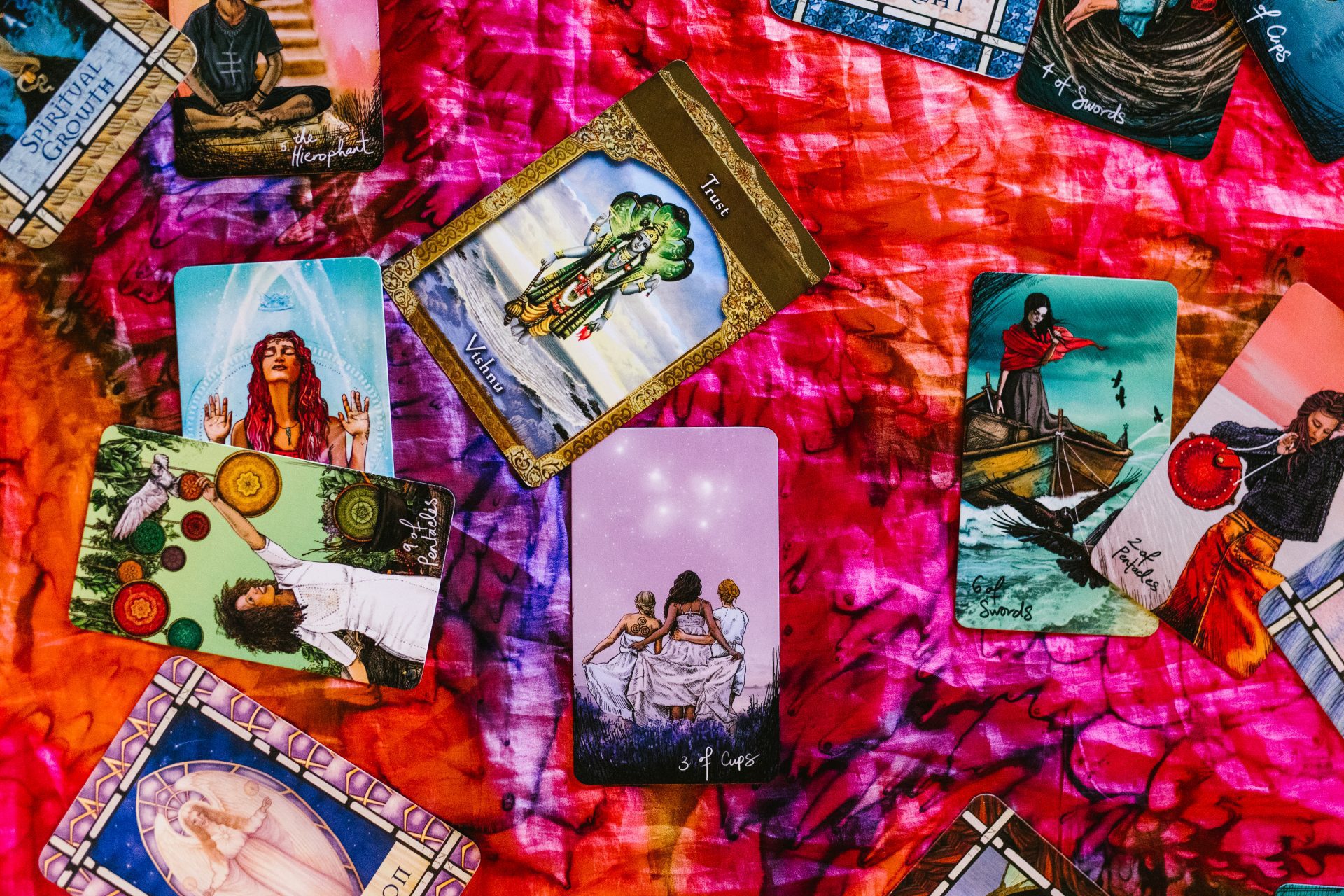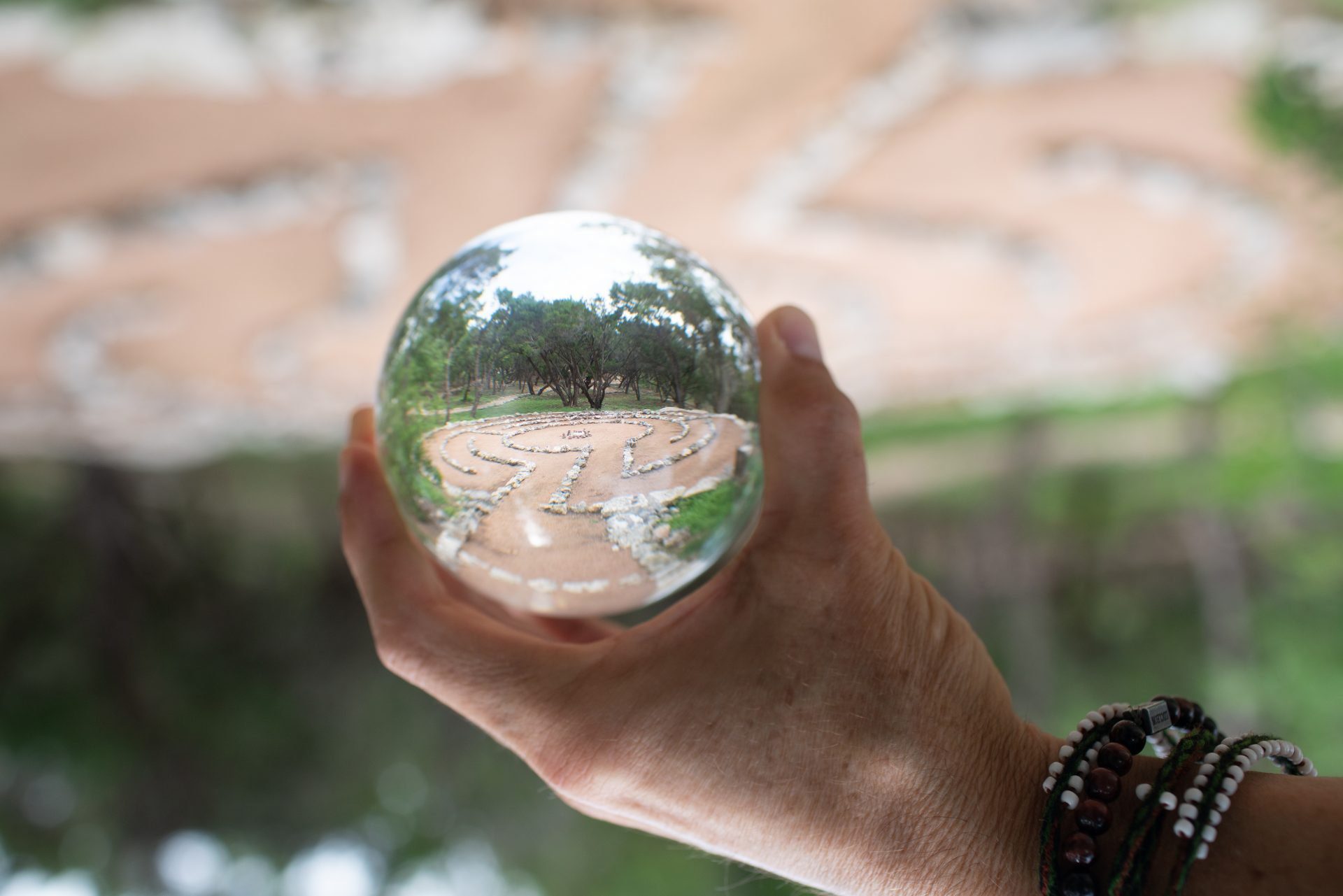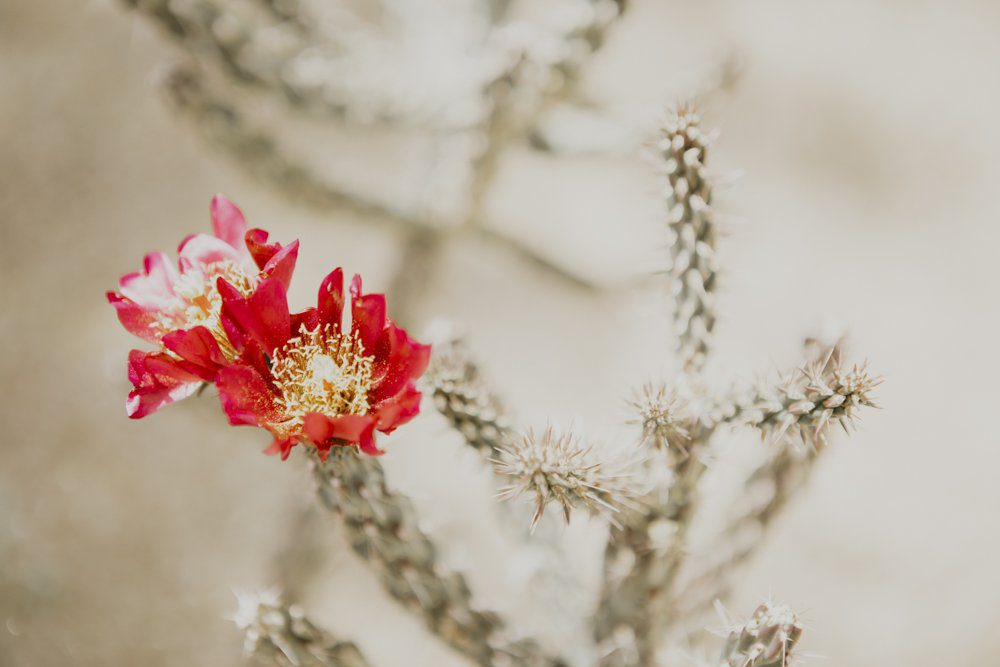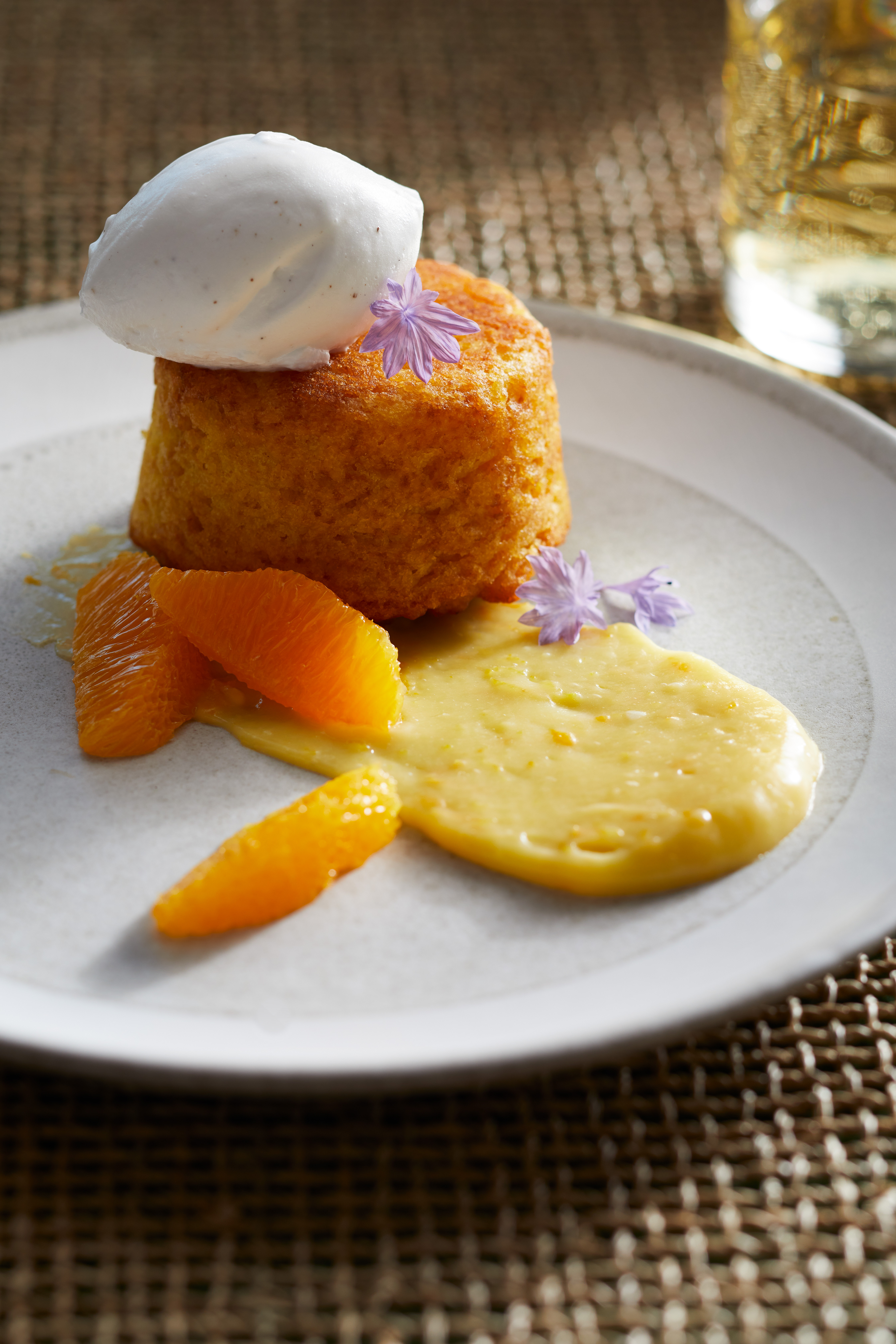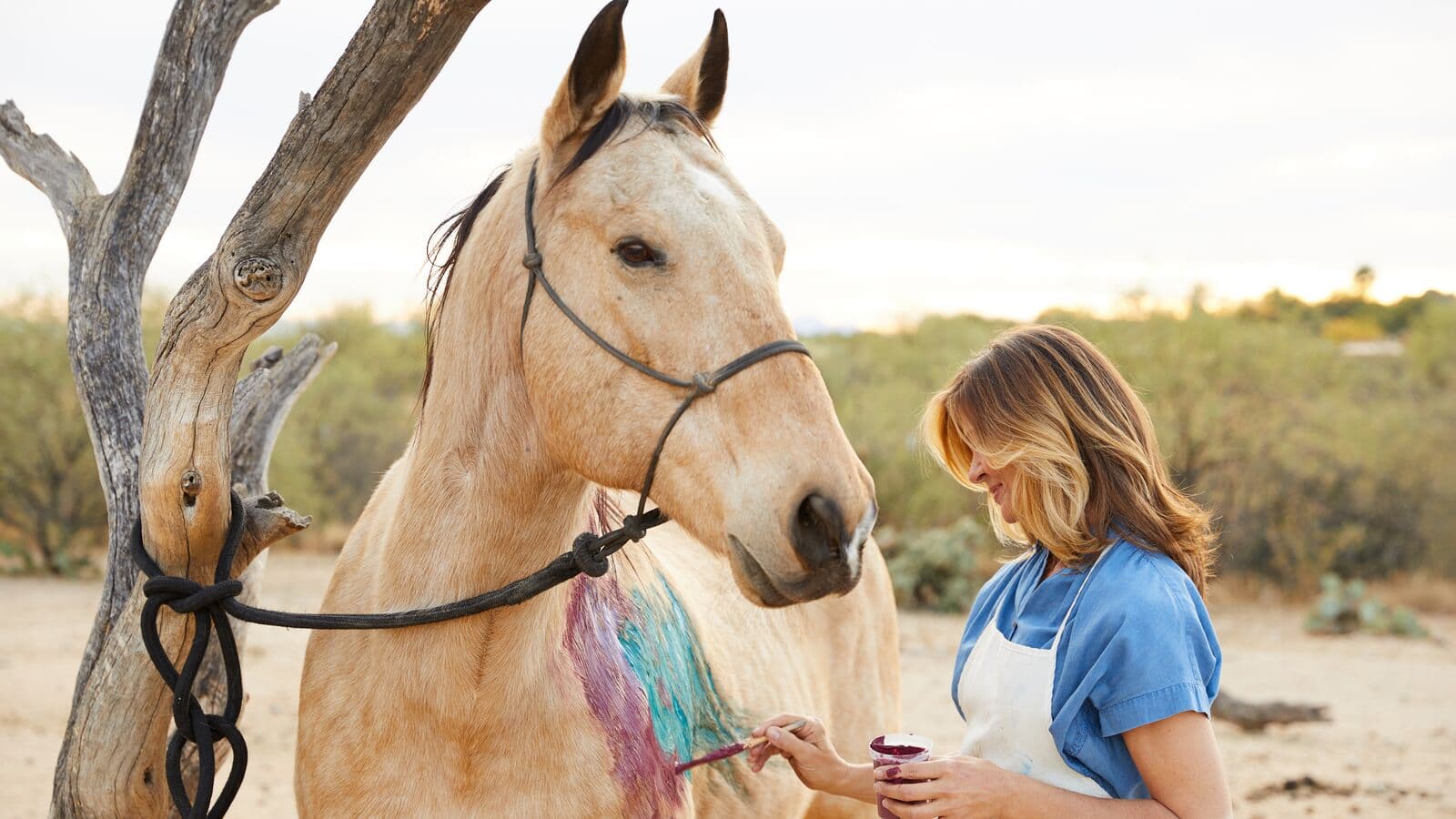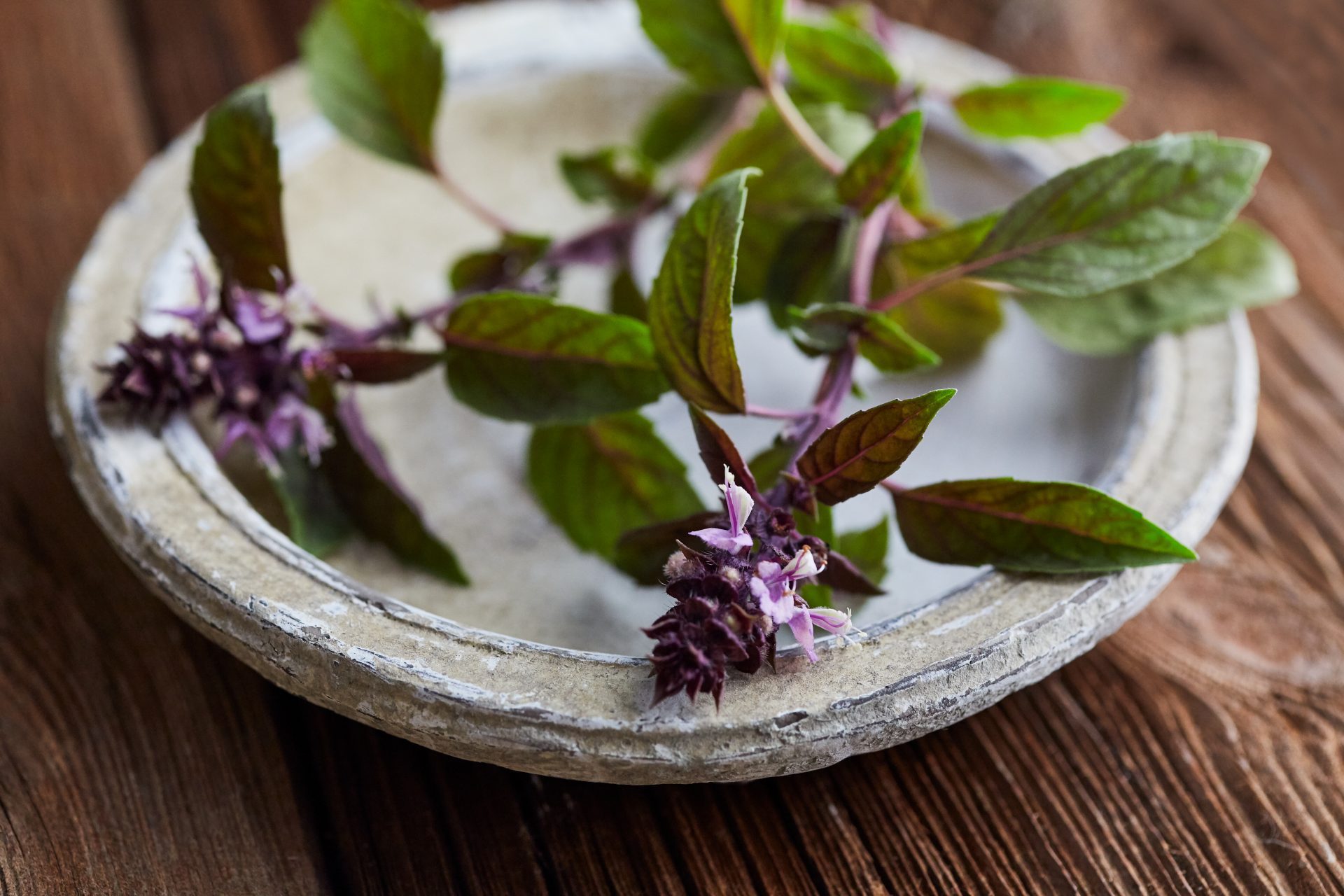Consult The Cards
Tarot as Meditation
Whether you are new to the tarot or have a stash of dog-eared decks stacked on your shelves, you can follow along with us each month as we peer into these curious cards to mine our subconscious minds.
Every tarot deck holds 78 cards: 56 belong to suits (similar to a regular pack of playing cards) in the Minor Arcana, and 22 make up the story of our triumphs and treks through life in the Major Arcana. The word arcanum comes from the Latin arcanus, meaning “secret,” and describes the mysteries of the physical and spiritual worlds. Each deck interprets these images differently, and their symbols can stretch our minds to bend and breathe in new ways.
The cards don’t have magical powers, but they ask us to trust our intuition, reach deep inside, and feel our way through. We can consult them to mark milestones or meditate.
Keep in mind that they’re made of paper, not stone, and they aren’t concerned with final outcomes or static, unchanging states. Tarot images speak to our subconscious and reflect our inner knowledge about the external world.
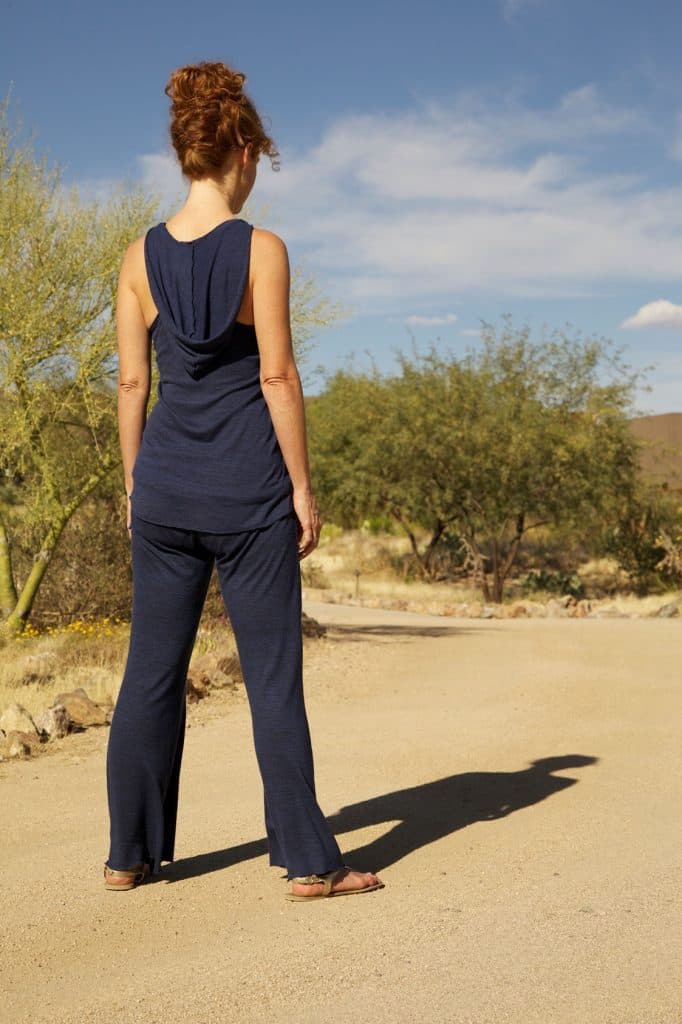 We begin February with a one-card reading that glimmers with past energies and future enigmas, but roots itself in the present moment
We begin February with a one-card reading that glimmers with past energies and future enigmas, but roots itself in the present moment
First of the 22 Major Arcana cards, the Fool leads the procession that mimics and mirrors our inner journeys. We are constantly becoming better versions of ourselves, and the Fool reminds us to experience each moment and feel all the feelings: good, bad, and in-between. We travel with him and step into his shoes as he flutters through our shuffling fingers.
Swiss psychiatrist Carl Jung wrote about the tarot as a tool to connect to the undissolved parts of our unconscious that resurface as chance or fortune. It can serve as a bridge to connect us to the thoughts that hide, even from ourselves.
The cards, like the subconscious, speak through pictures to help us get to know our inner self—our points of illumination as well as our shadows. “When you can recognize your shadow,” says Miraval Austin psychic Alice Biggs, “you can make room for more light. You can face it in a way that is loving, kind, and supportive.”
The Wheel of Fortune
I sit down with Alice and peer at our card: The Wheel of Fortune—not the Pat Sajak spinning game of our childhoods, but the ancient concept of the unpredictable nature of fate.
Destiny meets synchronicity in this card of circular motion and circuitous paths. Here, the Fool meets the weaver and accepts that there are some things we cannot control. “We might not be able to choose where the wheel transports us,” Alice notes, “but we can set an intention for how we want to land when it stops turning.”
Spindles and Ciphers
The wheel could spit us out on any spoke—success smiling at the top, ill-fortune frowning at the bottom, and all the points in between. Throughout history, its name varied according to the culture that told its tale: Rome named her Fortuna, while ancient India whispered of the Bhavacakra or the Wheel of Becoming. In Vegas, they call her Lady Luck.
Some connect the wheel to the ancient Greek children of Night, the Moirai, whose spindle spun the tapestry of our mortal lives. They were the incarnations of destiny and the arbiters of fate. Bound together in sisterhood, each had a role: Clotho the spinner sings of things that are, Lachesis the measurer sings of the past, and Atropos the cutter sings of things yet to be.
From Sophocles to Shakespeare, literature and lore conjured this crafty collective that banded together as sentry, agent, and witness to the laws of the universe. Whether we met them as the Moirai or Macbeth’s Wyrd Sisters, we labeled them sorceress, witch, or enchantress—because they were the original rebels. They created a sense of mystery by straddling the borders between the tangible and supernatural. They were inscrutable peddlers of perception.

We fear what we cannot easily understand or logically define.
We resist what we cannot control.
Modern society prefers straight lines with beginnings and ends. In a world of absolutes, how do we follow a line without origin or edge?
Stillness in a Spinning World
The wheel’s still center is a source of stability amidst change. And isn’t this how life feels at times? Solid and spiraling at the same time.
The sisters offer a circular shape—both fluid and fixed—that can devour or deliver, depending on how we receive it. How we perceive it (tomb or womb) cycles through our psyches and sends us through alternating seasons of fortune and folly. Sometimes, it can feel like a deep and secretive decree governs where we start and stop, where joy begins and sadness ends.
How do we negotiate the passage between our inner and outer worlds?
We thread our own needle and enter the embroidery hoop of hope and hardship. If we release our illusions of control, we can lean into the curves with open hearts. This is how we move out of complacency to face reality. When we surrender to the wheel’s whirling, we can slow down the spinning inside our heads. We become the weaver and the woven. We become our own soothsayers.
“This process,” Alice maintains, “can help us evolve from competing for control to co-creating, from dictating to collaborating.” We might even find ourselves responding mindfully instead of knee-jerk-reacting to stressful situations.
We have the innate power to feel the wheel’s movement as dazzling instead of dizzying. Alice reminds me that the cards help us access that strength and stillness through images that tap into our intuition. It’s one way we can create balance in tenuous times.
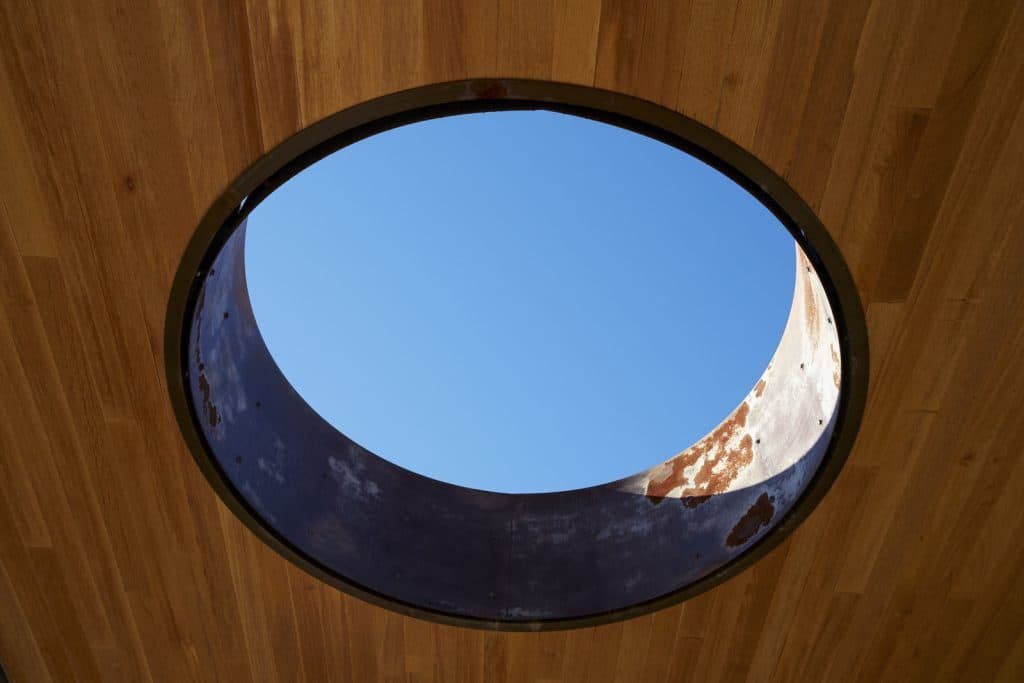 A circle is just a line that moves differently; it pivots and curves. At times, it loops back on itself, as our minds do, to revisit a moment, reframe a thought, or complete a shape. The wheel teaches us to harness and balance our yang urge to dominate with our yin-like whim to receive.
A circle is just a line that moves differently; it pivots and curves. At times, it loops back on itself, as our minds do, to revisit a moment, reframe a thought, or complete a shape. The wheel teaches us to harness and balance our yang urge to dominate with our yin-like whim to receive.
With this card, we take back the wheel and eject fear from the driver’s seat. “We can replace that fear,” says Alice, “with love.”
The Wheel of Fortune nudges us to create our own fixed center, a certainty of being and belonging in a swirling world of unknowns. It compels us to become a force of conviction and clarity, threading and fusing the twining, twirling fibers of fate.
*Source material provided by Alice Biggs, psychic at Miraval Austin.
